10 Best Adventures of 1943
By:
June 21, 2018
Seventy-five years ago, the following 10 adventures — selected from my Best Nineteen-Thirties (1934–1943) Adventure list — were first serialized or published in book form. They’re my favorite adventures published that year.
Please let me know if I’ve missed any adventures from this year that you particularly admire. Enjoy!
- James M. Cain’s crime adventure Double Indemnity. Walter Huff is an insurance agent who has dedicated his career to foiling insurance scams; in fact, he’s beginning to fantasize about using his inside knowledge in order to pull off the perfect scam. When Phyllis, the beautiful wife of one of his clients, asks him suggestively about a policy that she wants to take out on her husband, he proposes that they team up to kill the guy — and split the money. Huff puts together a “double indemnity” policy for Phyllis, one which will pay double the contract’s face value in cases of accidental death. They then arrange a railroad accident for their victim. Everything goes well, but Phyllis, it seems, never had any intention of splitting the money with Walter. What’s worse, Keyes, one of Walter’s colleagues, begins to suspect foul play and opens an investigation. Will the conspirators end up trying to kill one another? Fun facts: A shorter version of the story, based on a 1927 case that Cain covered while working as a journalist in New York, was serialized in Liberty magazine in 1936. The novel served as the basis for the 1944 film noir of the same name, adapted by Raymond Chandler and directed by Billy Wilder. The movie stars Fred MacMurray, Barbara Stanwyck, and Edward G. Robinson. The 1981 neo-noir Body Heat is an homage of sorts to Wilder’s movie.
- Raymond Chandler’s Philip Marlowe crime adventure The Lady in the Lake. Los Angeles private investigator Philip Marlowe, in his fourth book-length outing, is hired to find Crystal, the estranged wife of a perfume executive. She has apparently run off from their summer home, in a mountain town couple of hours way from the city, so Marlowe begins his investigation there. Did the missing woman run off to Mexico with her lover? Marlowe runs into the gigolo, who claims he didn’t abscond with Crystal… so what’s happened to her? It’s a convoluted plot… which eventually involves other women, and several murders. Muriel, the wife of Crystal’s summer home caretaker, has also apparently run off. There’s a corrupt doctor whose wife died suspiciously, crooked cops (in “Bay City,” based on Santa Monica) who slap Marlowe around and frame him for drunk driving, cold-blooded killers, and the onset of World War II: rubber is rationed, dams are protected, cities are subjected to blackout. Plus. Marlowe wakes up to discover a dead, nearly naked woman in the room…. Fun facts: Chandler fixed up this novel from two stories previously published (in 1939 and 1941) in the pulp journal Black Mask. Robert Montgomery directed the 1947 film noir adaptation, starring Robert Montgomery. The film is notable for being shot almost entirely from Marlowe’s viewpoint; we see only what he sees.
- Graham Greene’s espionage adventure The Ministry of Fear. At a humble charity fête held in wartime London, Arthur Rowe, a bookish fellow whose guilty conscience has long prevented him from engaging with others, wins a cake… which contains a roll of film that he wasn’t intended to receive. As Luftwaffe bombs rain down on the shell-shocked city, creating a nightmarish dreamscape — “in which familiar people appear in terrible and unlikely disguises” — Rowe must elude German agents who are after his cake. Despite, or because of the peril he faces, Rowe finds himself coming back to life. Is this a comic farce? A psychological thriller? It’s both. There’s an attempt on his life, a murder at a séance, and an air raid that saves his life — but robs him of his memory. For the first time in years, he is a happy man… because he can’t remember what he’s done. But will he let the spies triumph? Fun facts: Greene credited Michael Innes’s The Secret Vanguard — a witty, Buchan-esque yarn about spies and kidnapping set largely in the Scottish Highlands — as his inspiration, in writing what he intended to be a “funny and fantastic thriller.” Fritz Lang adapted The Ministry of Fear for the screen in 1944.
- Esther Forbes’s YA historical adventure Johnny Tremain. I suspect that many people my age hate this book, because they were forced to read it in school. That’s too bad, because it’s terrific. In 1775, the 14-year-old Johnny Tremain, an orphaned apprentice silversmith, is badly injured in an accident (caused by an envious fellow apprentice, Dove). Having heard that he’s related to the wealthy Boston merchant Mr. Lyte, Johnny visits him — bringing along a silver cup with the Lyte’s family crest, which he’s inherited from his mother. He’s arrested for burglary, but his friends Rab and Cilla get him off the hook. Johnny next finds his way into the pre-revolutionary political scene, taking part in the Boston Tea Party, acting as a spy for the Sons of Liberty, and rubbing elbows with John Hancock, Samuel Adams, Paul Revere, and the unhinged-seeming activist James Otis, who tells him that “a man can stand up.” What I liked about the book, as an adolescent, is how stubborn and prideful Johnny is, at first; I like this about John Christopher’s protagonists, too. Fun facts: The book won the 1944 Newbery Medal and is one of the all-time bestselling children’s books in the United States. George Saunders is a fan. The Bastard, a 1974 potboiler by John Jakes, is a rip-off. Walt Disney’s 1957 live-action adaptation wasn’t bad!
- Cornell Woolrich‘s crime adventure The Black Angel. Cornell Woolrich pioneered what has come to be called noir (as opposed to hardboiled) fiction, i.e., in which the protagonist is usually not a detective, but instead a victim, a suspect, or a perpetrator, and in which sex plays a prominent role. The protagonist of The Black Angel, one of his better efforts, is Alberta, a naive young newlywed who — upon discovering that her beloved husband, Kirk, is cheating on her — pays a visit to his mistress, only to find that she’s been killed. Kirk is arrested and convicted of the crime… and he faces the electric chair, unless Alberta can prove that he’s innocent. Racing against the clock, she descends into New York’s underworld, tracking down and destroying one after another of the dead woman’s lovers (an ex-husband, a drug-dealing doctor, a rich playboy, a gangster), and doing whatever it takes — no matter how sinful — to succeed in her quest. It’s a tense thriller, with a savage kick: Even if Alberta saves Kirk from execution, will she still be the same person? Fun facts: The titles of this and other Woolrich novels — e.g., The Bride Wore Black (1940), The Black Curtain (1941), Black Alibi (1942), The Black Path of Fear (1944) — inspired French critics to call movies based on them “noir.” The Black Angel is a “fix up” of two earlier stories: “Murder in Wax” and “Face Work.” It was adapted in 1946 by Roy William Neill; the film stars Dan Duryea, June Vincent, and Peter Lorre.
- Hergé‘s Tintin adventure Le Trésor De Rackham Le Rouge (Red Rackham’s Treasure, serialized 1943; as a color album, 1944). Following clues that they’ve pieced together — over the course of the previous Tintin adventure, The Secret of the Unicorn — Tintin and Captain Haddock launch an expedition to the Caribbean to locate the wreck of Sir Francis Haddock’s ship, The Unicorn, and the pirate Red Rackham’s lost treasure. Cuthbert Calculus, a brilliant but difficult inventor making his first appearance here, smuggles himself — and his shark-shaped submarine — along for the ride. Although they discover some amazing artifacts — a native carving of Sir Francis; a strongbox of documents revealing that Captain Haddock’s ancestor owned Marlinspike Hall (which featured in The Secret of the Unicorn), and the figurehead of The Unicorn itself — there’s no treasure. Have they misinterpreted Sir Francis’s clues? Fun facts: Serialized in Le Soir, Belgium’s leading francophone newspaper, which — during the German occupation of Belgium — supported the German war effort. Steven Spielberg adapted this story arc, along with The Crab with the Golden Claws, as the 2011 film The Adventures of Tintin: The Secret of the Unicorn.
- Fritz Leiber’s fantasy horror adventure Conjure Wife (serialized 1943; in stand-alone book form, 1953). Norman Saylor, a science-minded professor of Sociology at Hempnell College, discovers that his beautiful young wife, Tansy, has been practicing conjure magic — using vials of graveyard dirt, horseshoe nails, and their acquaintances’ hair cluppings — in what he feels is a silly superstitious effort to help him navigate departmental politics. He demands that she cease and desist; after all, he’s an expert on the “parallelisms of primitive superstition and modern neurosis.” Things begin to go badly after that. Norman attempts to rationalize the increasingly weird occurrences, but when Tansy seems to fall victim to a a curse cast by a trio of witchy professors’ wives who see Norman as a threat to their own interests, he must engage in occult warfare! Fun facts: Conjure Wife was published in the April 1943 volume of Unknown Worlds; and it was adapted as the excellent 1961 horror movie Burn, Witch, Burn. Lynn Peril wrote about the book for this website’s CROM YOUR ENTHUSIASM series.
- Carl Barks’s Donald Duck comics (1943–1978). After quitting his job at Walt Disney Studio, in 1943 Carl Barks began freelancing for Walt Disney’s Comics and Stories — which by the mid-1950s would become the best-selling comic book in the United States. He’d write and draw some 500 uncredited Donald Duck stories for this and other magazines, including Four Color and Uncle Scrooge. Today, Barks’s best-loved stories are the longer (24–32 pp.) stories via which he introduced generations of children to Twenties- and Thirties-type adventure tropes. Donald and his nephews Huey, Dewey and Louie (whose Junior Woodchucks Guidebook is one of the great fictional propaedeutic enchiridions), not to mention Donald’s miserly uncle, Scrooge McDuck, are intrepid, resourceful, ingenious treasure- and artifact-hunters. Some of their most notable outings include: “The Old Castle’s Secret” (June 1948), the first of Uncle Scrooge’s many mystery/horror treasure hunts; “Sheriff of Bullet Valley” (October 1948), a western adventure/mystery; “Lost in the Andes!” (April 1949); “The Golden Helmet” (July 1952), in which Donald and his nephews hunt for a Viking helmet that gives the possessor legal claim to North America; “Back to the Klondike” (September 1952); “Tralla La” (June 1954), in which Scrooge seeks out a Himalayan utopia inspired by James Hilton’s 1933 novel Lost Horizon; and the March 1960 sci-fi adventure “Island in the Sky.” Check out Fantagraphics’ reissues! Fun facts: Steven Spielberg and George Lucas were fans, particularly of the 1954 Uncle Scrooge adventure “The Seven Cities of Cibola.”
- Vera Caspary‘s mystery-romance thriller Laura. Mark Macpherson, a rising star in New York’s police department, is offended when he’s reassigned from fighting organized crime to solving the murder of Laura Hunt, a successful advertising exec… but as he gazes at a portrait of her, and reads her rags-to-riches diary, he begins to fall in love with her. So who shot Laura in the face with a shotgun? Was it marketing executive Shelby Carpenter, the victim’s unfaithful fiancé? Several characters narrate the novel, including Laura’s former lover, the narcissistic author, socialite, and newspaper critic Waldo Lydecker; and a stenographic record of a statement to the police by a man who was with the victim right before she died. There is a big plot twist. What Macpherson ultimately discovers is that high-society New York is much more corrupt, amoral, and brutal than the Gotham he’s been policing… and that a smart, strong woman trying to get ahead in a man’s world is playing a dangerous game. Fun facts: Originally serialized in Colliers from October to November 1942. Laura was adapted by Otto Preminger in 1944; the movie, starring Gene Tierney and Dana Andrews, has been called the greatest noir romance.
- Arthur Ransome’s Swallows & Amazons adventure The Picts and the Martyrs or Not Welcome At All. Nancy and Peggy, the ruthless and free-range Amazons, are forced to wear white pinafores, recite poetry, and play the piano! The bookish, relatively un-adventurous Dick and Dorothea Callum, who were befriended by the Swallows and Amazons in Winter Holiday (1933), are forced to live in an abandoned hut — learning new skills such as trout-guddling, rabbit-skinning, and burgling! And there are no Swallows! In this 11th installment in Ransome’s series, the last one set in the Lake District, Nancy and Peggy’s tyrannical Great Aunt Maria arrives for a 10-day visit, to keep an eye on her niece’s wayward children. She’s just as strong-willed as Nancy, and every adult in the area lives in fear of her; which is why the cook, the mailman, and others lend a hand, in one way or another, as Dick and Dorothea camp out next door to the Blacketts’ place… and as Nancy and Peggy sneak out whenever possible. Dick and Dorothea take their role as “Picts” seriously, which is a great pleasure; Dot is a great romanticizer. In the end, Great Aunt Maria gets her comeuppance. Fun facts: One hears that Ransome’s wife, Genia, hated The Picts and the Martyrs while it was being written, and indeed was often discouraging about his books while he was working on them.
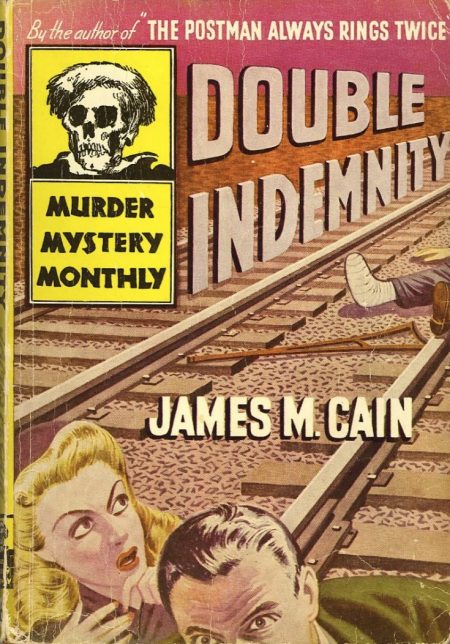
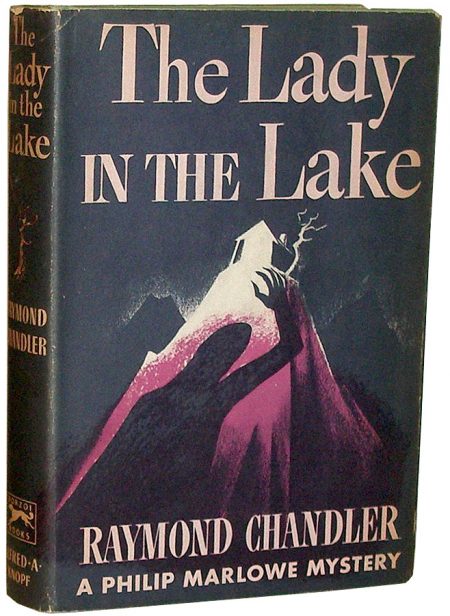
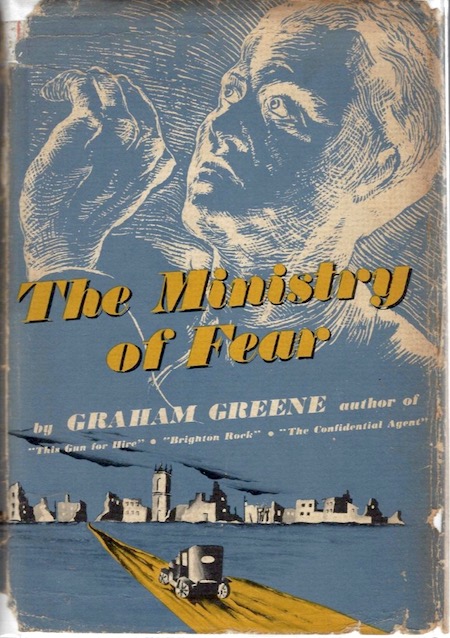
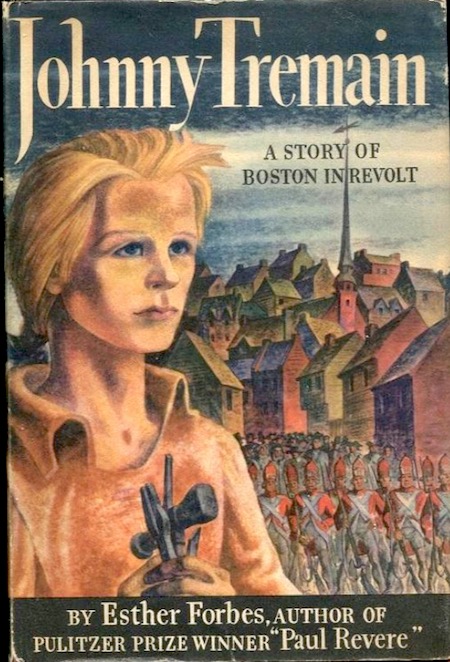
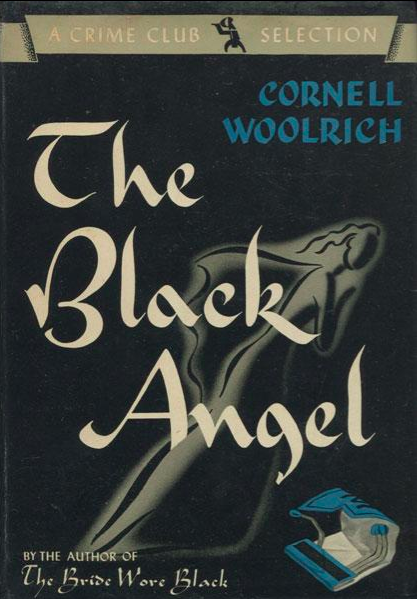
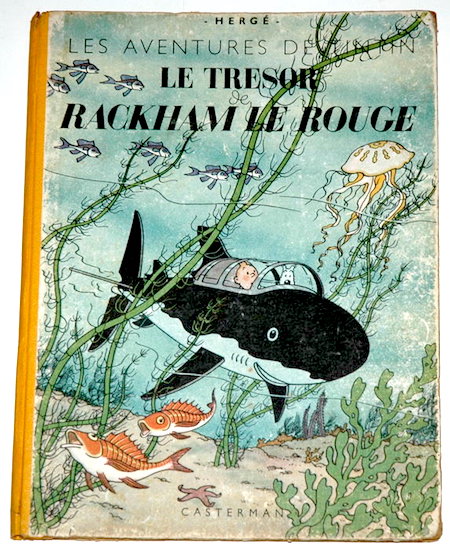
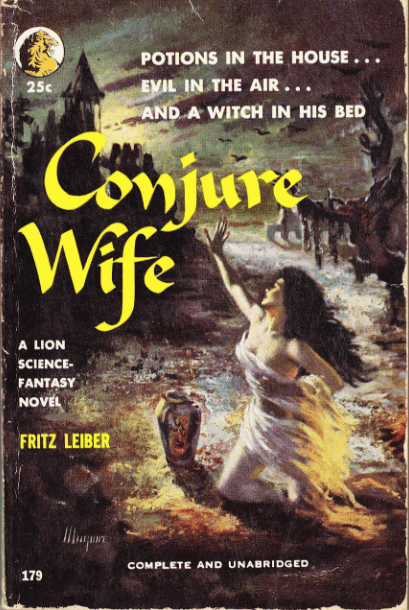
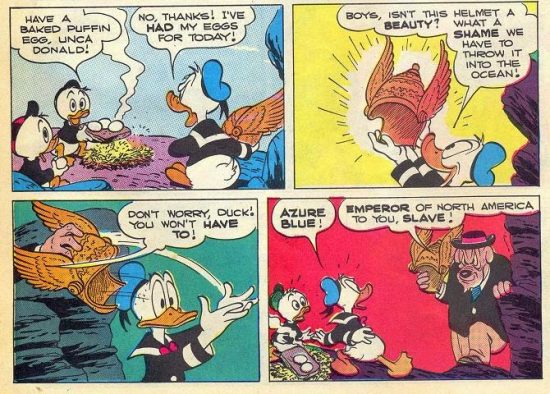
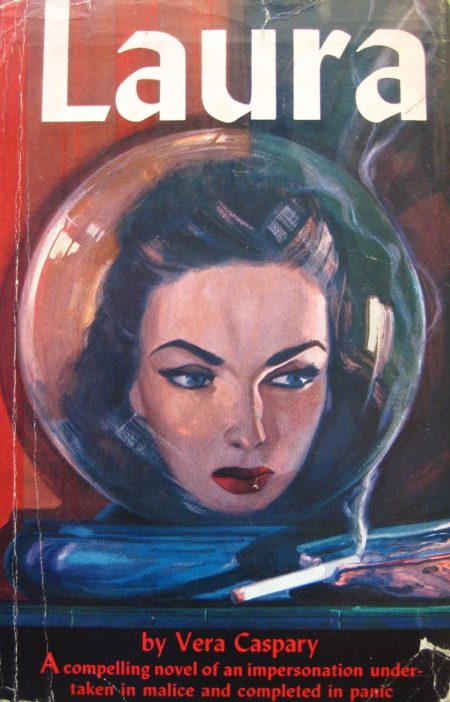
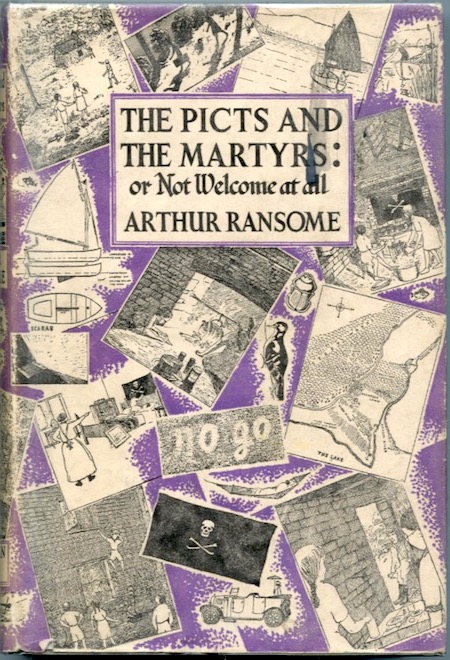
JOSH GLENN’S *BEST ADVENTURES* LISTS: BEST 250 ADVENTURES OF THE 20TH CENTURY | 100 BEST OUGHTS ADVENTURES | 100 BEST RADIUM AGE (PROTO-)SCI-FI ADVENTURES | 100 BEST TEENS ADVENTURES | 100 BEST TWENTIES ADVENTURES | 100 BEST THIRTIES ADVENTURES | 75 BEST GOLDEN AGE SCI-FI ADVENTURES | 100 BEST FORTIES ADVENTURES | 100 BEST FIFTIES ADVENTURES | 100 BEST SIXTIES ADVENTURES | 75 BEST NEW WAVE SCI FI ADVENTURES | 100 BEST SEVENTIES ADVENTURES | 100 BEST EIGHTIES ADVENTURES | 75 BEST DIAMOND AGE SCI-FI ADVENTURES | 100 BEST NINETIES ADVENTURES (in progress) | 1994 | 1995 | 1996 | 1997 | 1998 | 1999 | 2000 | 2001 | 2002 | 2003 | NOTES ON 21st-CENTURY ADVENTURES.
